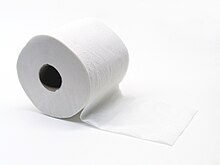I recently started tying flies. I fly fish for anything that is fun to catch and release on a river or creek. I started out tying some Clouser Minnows for bass and stripe. Now I am experimenting with some different wet flies for Bluegill. I found a website with some good looking fly patterns for panfish and would like to tie a few of them.
My questions are (1) How often do you substitute materials from what the fly recipe calls for? (2) Is there a good resource for learning what feathers will work for different applications?
My biggest problem right now is a lack of understanding needed to purchase materials for the flies I want to tie.
Substitution is difficult for a newbie because you have to know the properties of the material you are substituting for and the properties of the material you are using as a substitute. Otherwise you end up with a different fly. The fly may work but it will not be the equivalent fly.
Also it matters whether the material is a key material for the fly or is not every important.
For example if you substitute a different brand of hook that is the same type as the pattern calls for, you end up with the same fly.
If you substitute deer hair for elk hair on an elk hair caddis, you get the same fly. HOWEVER, if you substitute a stiff yarn for the elk air, you get a different fly. It may work, but it is not and elk hair caddis since the materials you used does not taper and is not hollow.
So what you substitute must have the same properties as the original. It must be the same color, the same texture, etc. If it has flash, the substitution must have flash. If it a streamer material, it must act the same way in the water when retrieved - it must give the appearance of the same bulk and action.
So substitution when done correctly results in substantially the same fly. When done incorrectly it ends up with a different fly.
Having made the distinction on substitutions, since bluegills are not very selective, there a reasonable chance even a different fly will succeed.

